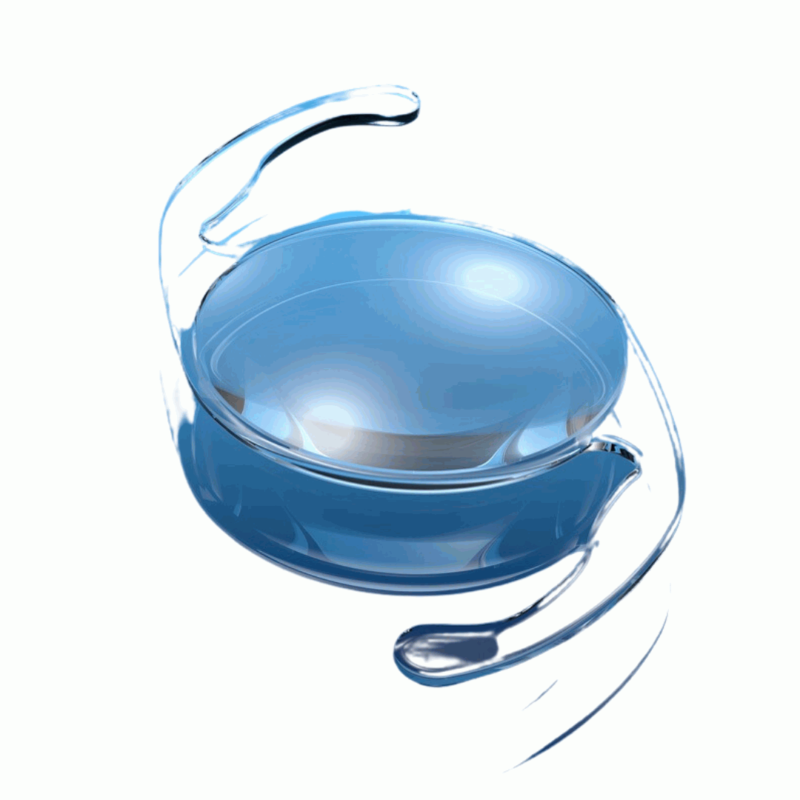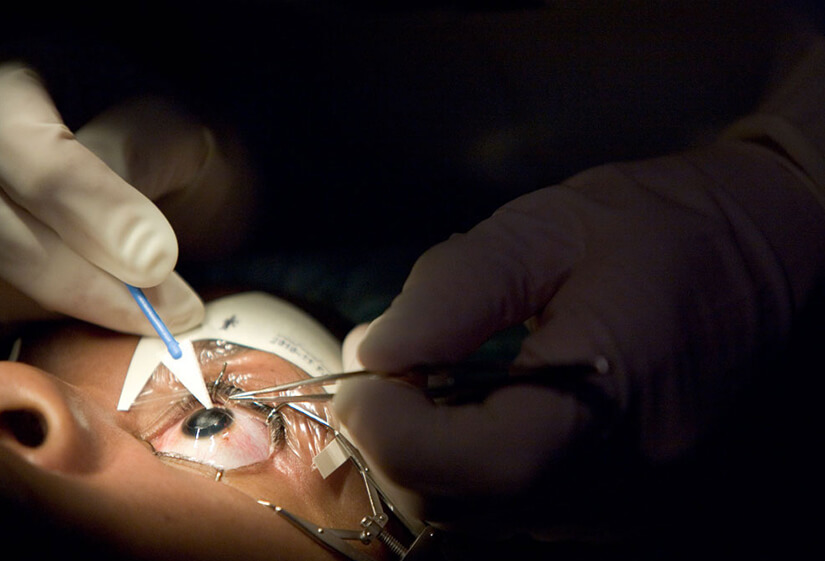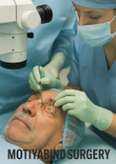Introduction:
As we age, our eyes undergo various changes, and one common condition that affects many individuals is cataracts. The eye’s natural lens becomes cloudy, resulting in blurry vision and impaired eyesight. Fortunately, medical technology has advanced, and cataract lens implants now provide a solution to restore clear vision for those affected by cataracts. In this article, we will explore different types of cataract lenses, along with the factors that influence their prices & Cataract Lens Price List.
What is a Cataract Lens?
A cataract lens, also known as an intraocular lens (IOL), gets implanted in the eye during cataract surgery. This artificial lens replaces the cloudy natural lens, allowing light to pass through and focus on the retina, thereby improving vision. Cataract lenses come in various types, each offering distinct benefits and functionalities also about Cataract Lens Price List.
Types of Cataract Lenses:
– Monofocal Lenses
Monofocal lenses are the standard and most commonly used type of cataract lenses. They provide clear vision at a fixed focal distance, usually optimized for either near or distance vision. While vision at the selected distance can significantly improve, glasses may still be required for other distances.

– Multifocal Lenses
Multifocal lenses are designed to provide clear vision at multiple distances, reducing the need for glasses after cataract surgery. Distinct zones for near, intermediate, and distance vision allow the brain to adapt and focus automatically. While multifocal lenses offer great convenience, they may not be suitable for everyone and can be more expensive than monofocal lenses.
– Toric Lenses
Toric lenses are specialized cataract lenses for individuals with astigmatism. They correct both cataracts and astigmatism, providing clearer vision and reducing reliance on glasses for distance vision. Due to their advanced technology, toric lenses tend to cost more than monofocal lenses.
Factors Affecting Cataract Lens Prices:
Several factors contribute to the variation in cataract lens prices ( Cataract Lens Price List ) and it is essential to understand these elements when considering cataract surgery options.
– Lens Type and Material
Cataract lenses come in different types, such as monofocal, multifocal, and toric, each with varying costs. Additionally, the materials used in manufacturing these lenses can influence their prices.
– Brand and Manufacturer
Reputable manufacturers and renowned brands often command higher prices for their cataract lenses due to the quality and reliability they offer.
– Surgeon’s Experience and Reputation
The experience and reputation of the surgeon performing the procedure can influence the overall cost of cataract surgery. Highly skilled and well-known surgeons may charge higher fees for their expertise.
– Geographical Location
The cost of cataract lenses can vary based on the region or country where the surgery takes place. Factors such as local healthcare costs and market demand play a role in these price differences.
– Additional Costs
The initial price estimate may not include additional costs related to pre-operative tests, post-operative care, and anesthesia.
Insurance Coverage for Cataract Lens Implants:
Health insurance often covers cataract surgery and the basic monofocal lens. However, additional costs for premium lenses, such as multifocal or toric lenses, may not receive full coverage. It is crucial to check with the insurance provider to understand the extent of coverage for cataract lens implants.
How to Choose the Right Cataract Lens:
Selecting the appropriate cataract lens involves considering factors like lifestyle, visual needs, and budget. Consulting with an ophthalmologist and discussing the options can help individuals make informed decisions.
Caring for Cataract Lenses After Surgery:
Proper post-operative care is vital for a successful recovery after cataract surgery. Patients must follow the surgeon’s instructions and attend follow-up appointments to ensure optimal results.
Potential Risks and Complications:
Although cataract surgery is generally considered safe, it does entail certain associated risks. These risks may include infection, inflammation, and rare complications like retinal detachment. Patients should be aware of these potential risks before undergoing surgery.
Frequently Asked Questions (FAQs):
- Can cataracts come back after surgery?
- In most cases, cataracts do not return after surgery. The artificial lens remains clear for a lifetime after the natural lens is removed.
- Are premium cataract lenses worth the cost?
- Premium cataract lenses, such as multifocal and toric lenses, may be considered worth the cost for individuals seeking reduced dependence on glasses and improved vision at various distances.
- Is cataract surgery painful?
- Cataract surgery typically does not cause pain as it is performed under local anesthesia. Some individuals may experience mild discomfort during the recovery period.
- What is the typical recovery time after surgery ?
- The initial recovery period usually lasts a few days to a week. Nonetheless, it may take several weeks for full healing and stabilization of vision to occur.
- Can both eyes be operated on simultaneously?
- While it is possible to have both eyes operated on during the same surgery, most surgeons prefer to wait a few weeks between procedures to ensure the safety and effectiveness of each surgery.
Conclusion:
Cataract lens implants offer a life-changing solution for individuals affected by cataracts, restoring clear vision and improving overall quality of life. The type of cataract lens chosen and various factors, such as brand, surgeon’s expertise, and location, can influence the cost of the procedure. It is essential for individuals to consider their specific needs and consult with a qualified ophthalmologist to make the best decision for their vision.











